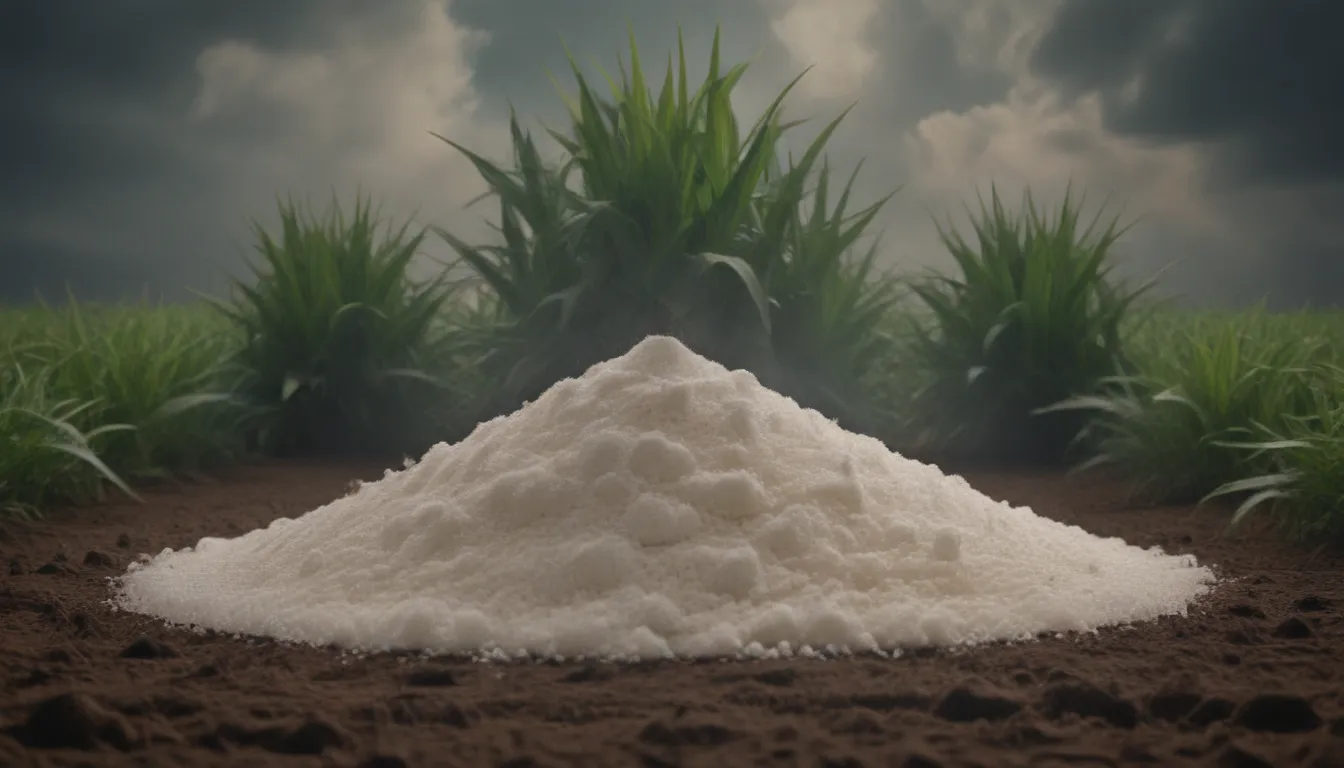Understanding NPK Fertilizer: A Comprehensive Guide

If you’ve ever picked up a bag of fertilizer and noticed the cryptic letters “NPK,” you may have wondered what they mean. In the world of gardening and plant care, NPK stands for nitrogen, phosphorus, and potassium, the three essential nutrients that plants need to thrive. This article will delve into the intricacies of NPK fertilizer, explaining what each nutrient does, how to choose the right fertilizer for your plants, and how to use it effectively to promote healthy growth.
Decoding the NPK Ratio
When you see a set of three numbers on a fertilizer label, such as 5-10-5, it represents the percentage of nitrogen, phosphorus, and potassium in the product, always in that order. For example, a 5-10-5 fertilizer contains 5 percent nitrogen, 10 percent phosphorus, and 5 percent potassium, with the remaining 80 percent consisting of minor nutrients or fillers. These three primary nutrients play a vital role in plant growth and development.
How Ratios vs. Quantities Work
Understanding the ratio of nutrients in a fertilizer is crucial for determining its effectiveness. A smaller quantity of fertilizer with higher ratios can provide the same nutritional value as a larger quantity with lower numbers. For instance, a five-pound bag of 10-20-10 fertilizer is equivalent to 10 pounds of 5-10-5 fertilizer, showcasing the importance of ratio over quantity.
The Role of NPK Nutrients
Each of the three major nutrients in NPK fertilizer plays a distinct role in supporting plant health and growth. Let’s explore the functions of nitrogen, phosphorus, and potassium:
Nitrogen
Nitrogen is essential for leaf development and chlorophyll production, giving plants their vibrant green color. Fertilizers high in nitrogen are ideal for promoting foliage growth, making them suitable for grass and leafy plants. A deficiency in nitrogen can lead to yellowing of leaves, signaling the need for a nitrogen-rich fertilizer to rectify the issue.
Phosphorus
Phosphorus is crucial for root growth, flowering, and fruiting, making it an indispensable nutrient for plants, especially during the spring season. This nutrient contributes to fundamental plant processes such as root development and seed formation.
Potassium
Potassium enhances overall plant health and vigor, helping plants resist disease, regulate nutrient and water movement, and adapt to adverse environmental conditions. It is particularly beneficial in regions with cold or dry weather, where plants may require extra support to thrive.
Additional Ingredients
In addition to nitrogen, phosphorus, and potassium, fertilizers may contain other essential nutrients such as calcium, magnesium, iron, and micronutrients. While these minor nutrients are less critical than the primary ones, they play a role in supporting overall plant health and growth.
Exploring Different Types of NPK Fertilizers
Balanced Fertilizers
Fertilizers with equal proportions of nitrogen, phosphorus, and potassium, such as a 10-10-10 blend, are considered balanced or complete fertilizers. These formulations provide a well-rounded nutrient balance for plants. On the other hand, incomplete fertilizers, like a 10-0-10 blend, may be more suitable in certain situations where specific nutrients are already abundant in the soil.
Organic Fertilizers
Organic fertilizers derive their nutrients from natural sources such as plant materials, animal by-products, or minerals. These products must specify the organic content and distinguish between synthetic and natural components on the label. While organic fertilizers may have lower concentrations of major nutrients, they offer a holistic approach to plant and soil nourishment.
Choosing the Right Fertilizer
Selecting the appropriate fertilizer for your plants involves understanding their nutrient requirements and assessing the soil’s existing conditions. Conducting a soil test, identifying the type of plants you’re growing, and reading fertilizer labels are critical steps in making an informed decision. If uncertain, incorporating compost as a natural fertilizer can provide additional nutrients to improve soil health.
How to Use Fertilizer Safely
Over-fertilizing can harm plants and lead to nutrient imbalances in the soil. Following the guidelines on the fertilizer label, considering the plant’s specific needs, and consulting local extension offices for regional recommendations can help you determine the right amount and frequency of fertilizer application. It’s crucial to avoid applying fertilizer during extreme weather conditions or using excessive amounts that can damage plants.
Applying Fertilizer Correctly
When applying fertilizer, consider the form of fertilizer—granules, liquid, powder, or spikes—and follow the manufacturer’s instructions for optimal results. Granular fertilizers are ideal for even distribution, while liquid or powder formulations are suitable for rapid absorption. Spikes provide targeted nutrients for specific plants or areas in the garden.
In conclusion, understanding NPK fertilizer and its role in plant nutrition is essential for successful gardening and landscaping. By selecting the right fertilizer, applying it appropriately, and monitoring plant health, you can promote robust growth and vibrant blooms in your garden. Remember to prioritize sustainable practices and environmental stewardship when using fertilizers to safeguard the health of your plants and the ecosystem. Happy gardening!





